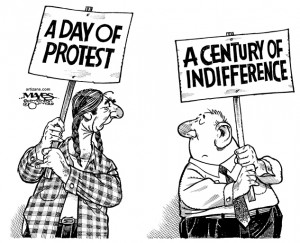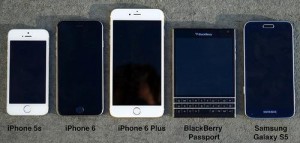What’s irrelevant to one group, may be something cherished to another group.
Taseko’s controversial copper-gold project, New Prosperity, strives to create significant economic and social value. While the key highlights of the result include a federal government revenue increase by $4.30 billion, it may at first seem that only benefits will come out of this project. However, it is a different story for the Tsihgot’in people, as the project proposes to use their land. For these individuals, preserving their land means protecting a history of tradition. When one believes in protecting something they highly value, it becomes an obstacle to the company destroying that value. The Tsihgot’in people’s protest becomes a key external factor to Taseko’s vision, who now have barriers to their project.
Values that can only really be understood from the Tsihgot’in people’s point of view, are the tribal park’s cultural, heritage, and ecological values. While companies see it as just an ordinary piece of land, it is certainly not “just” a piece of land for the First Nations. They believe that it contains life, ranging from wildlife to salmon spawning areas, that must be protected. With the mine being created on this land, they believe their values will be destroyed.
Similar to Enbridge, the Northern Gateway to them is a $2.6 billion revenue and job generating project. To the aboriginal communities, this project only calls for potential accidents that could disrupt the land they treasure. Land is precious and once an accident occurs, the effects are irreversible.
The conflict between the First Nations and their adversaries turn into a battle of cultural values and profits. Are the profits and economics benefits from the project enough to overthrow the precious values of the First Nations people? Is bringing in economic benefits a valid reason to demolish something cherished by another?

